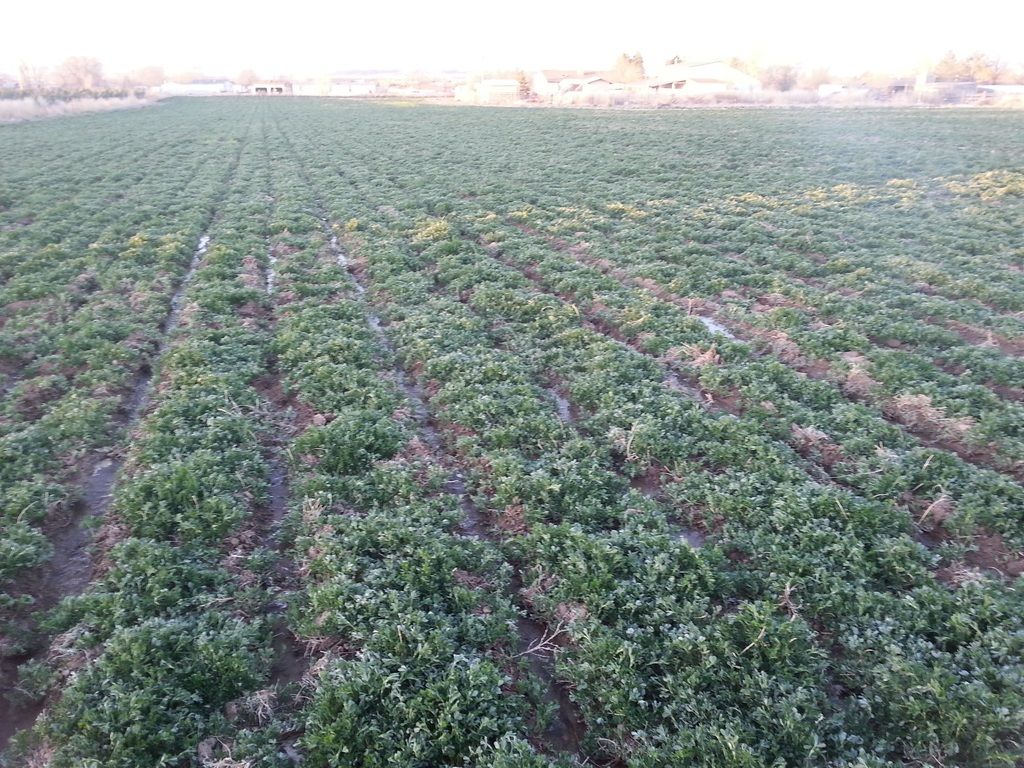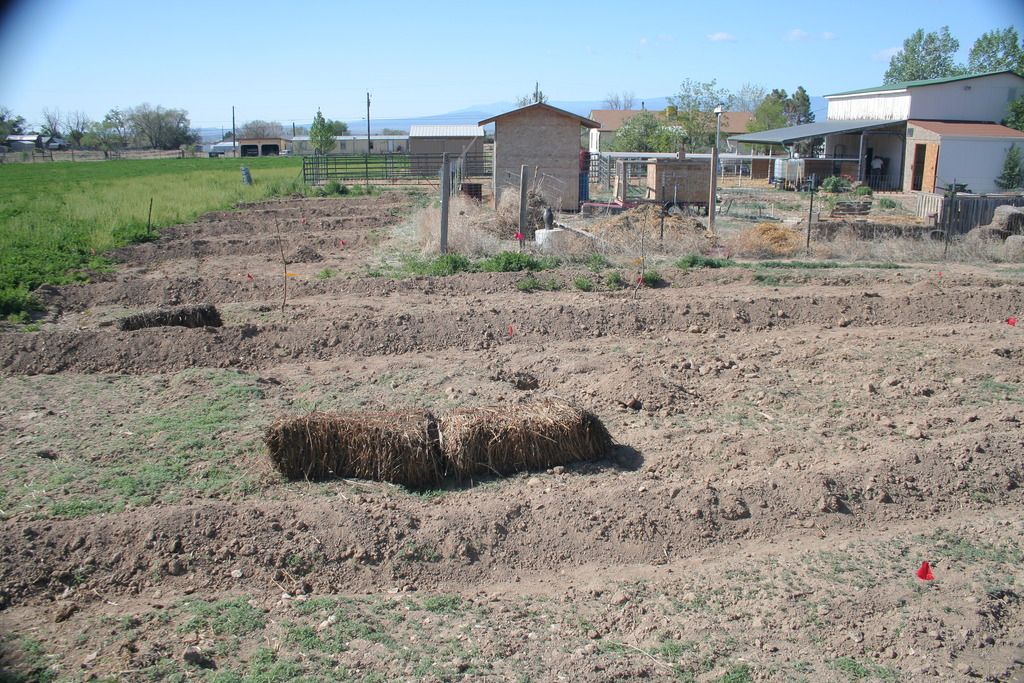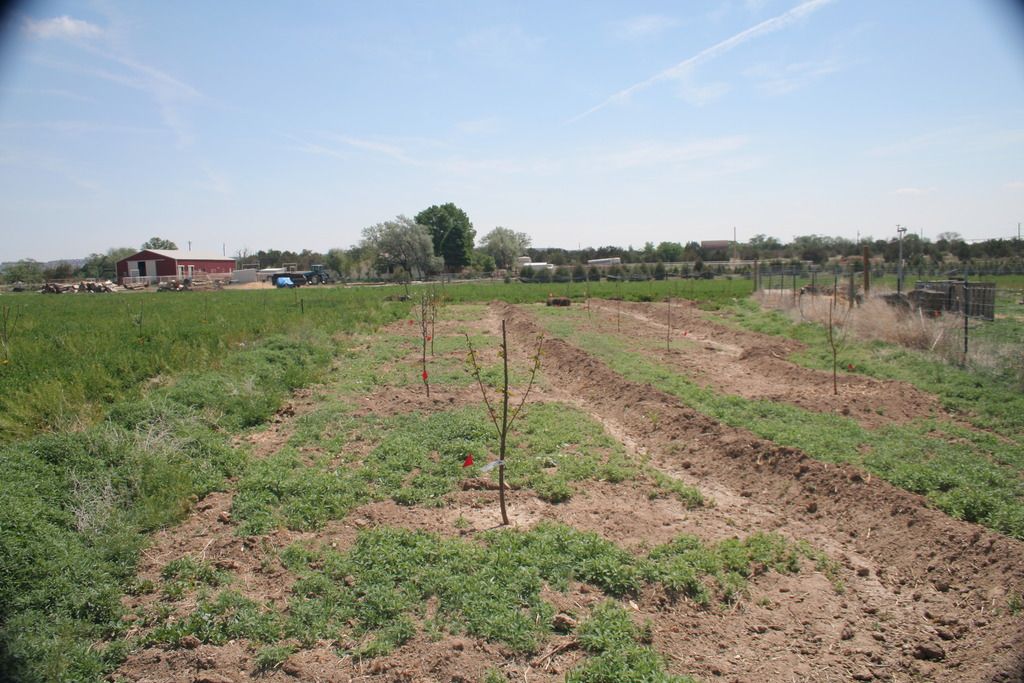
 1
1




http://www.cloud9farms.com/ - Southern Colorado - Zone 5 (-19*f) - 5300ft elevation - 12in rainfall plus irrigation rights
Dairy cows, "hair" sheep, Kune Kune pigs, chickens, guineas and turkeys




Best luck: satisfaction
Greatest curse, greed




 . If we get together I'm happy to share what I'm learning and the science and research behind it.
. If we get together I'm happy to share what I'm learning and the science and research behind it.
Best luck: satisfaction
Greatest curse, greed















Peter Ellis wrote:Kelly, have you read P.A. Yeoman's Water for Every Farm? I have not made it to that one on my reading list, but it seems to be one of the most significant texts for anyone in water challenged farming environments, judging by the number of prominent permaculture practitioners, educators and designers that refer to it

As I understand it, the keyline concept is explained exceedingly well in the book. As I understand your situation, I would think it would be helpful.
And please forgive me if it has been discussed, I have skimmed the thread, rather than reading through carefully.
http://www.cloud9farms.com/ - Southern Colorado - Zone 5 (-19*f) - 5300ft elevation - 12in rainfall plus irrigation rights
Dairy cows, "hair" sheep, Kune Kune pigs, chickens, guineas and turkeys










http://www.cloud9farms.com/ - Southern Colorado - Zone 5 (-19*f) - 5300ft elevation - 12in rainfall plus irrigation rights
Dairy cows, "hair" sheep, Kune Kune pigs, chickens, guineas and turkeys




Best luck: satisfaction
Greatest curse, greed









 )
)


http://www.cloud9farms.com/ - Southern Colorado - Zone 5 (-19*f) - 5300ft elevation - 12in rainfall plus irrigation rights
Dairy cows, "hair" sheep, Kune Kune pigs, chickens, guineas and turkeys




Bill Bradbury wrote:Hi Kelly,
That's a nice place you've got there. I have friends that use similar irrigation strategies.
What I see is some real nice looking alfalfa and infiltration channels everywhere. Why change?
It seems like you could plant long rows of fruit and nut trees tightly into the corrugations with berry bushes in the corrugations on each side of that and then leave a strip that is large enough for your swather and repeat the pattern. Since you have such a great leguminous cover crop everywhere, it seems like this would take right off.
Maybe your place is steeper than it looks, but I just don't see the benefit of digging in swales on contour when you probably don't get much runoff as it is.
My 2 cents,
Bill

http://www.cloud9farms.com/ - Southern Colorado - Zone 5 (-19*f) - 5300ft elevation - 12in rainfall plus irrigation rights
Dairy cows, "hair" sheep, Kune Kune pigs, chickens, guineas and turkeys




Best luck: satisfaction
Greatest curse, greed




Thekla McDaniels wrote:Kelly,
Remind me how long you've been at your place? It's only a couple or three years right? and before that it was compacted by horses? I think alfalfa is very deep rooted, and that over time, you soil will get more permeable, so that it's as hard or harder now than it will get. Every year of effort is cumulative.

Thekla McDaniels wrote:
Anyway, in places where you are not planting trees and shrubs, in the places where it is just alfalfa, and projected to remain pasture, do you think there would be any benefit to putting in a companion plant to the alfalfa? Something to cover some of the bare soil, leave some residue, encourage the soil community? OK, OK, you really have your hands full, but what about getting some seeds to toss out come late fall, and let the frost get the seeds worked into the ground? Something like plantain that is a ubiquitous edible medicinal first-aid-kit-in-a-leaf weed, or a perennial grass?
Thekla
http://www.cloud9farms.com/ - Southern Colorado - Zone 5 (-19*f) - 5300ft elevation - 12in rainfall plus irrigation rights
Dairy cows, "hair" sheep, Kune Kune pigs, chickens, guineas and turkeys




im jealous of the pond! send me some pics via email please




 2
2




Best luck: satisfaction
Greatest curse, greed
 1
1




Home: SW Colorado, 38N Latitude, 2100m elevation, Zone 5b/6a
Ask Me About: Keyline in Broadacre, Pasture restoration, Electric Vehicles, Solar, Computers/Networking/Automation




Best luck: satisfaction
Greatest curse, greed




![Filename: swalewithpipe.png
Description: [Thumbnail for swalewithpipe.png]](/t/24538/a/37841/swalewithpipe.png)
http://www.cloud9farms.com/ - Southern Colorado - Zone 5 (-19*f) - 5300ft elevation - 12in rainfall plus irrigation rights
Dairy cows, "hair" sheep, Kune Kune pigs, chickens, guineas and turkeys




Best luck: satisfaction
Greatest curse, greed




http://www.cloud9farms.com/ - Southern Colorado - Zone 5 (-19*f) - 5300ft elevation - 12in rainfall plus irrigation rights
Dairy cows, "hair" sheep, Kune Kune pigs, chickens, guineas and turkeys




Best luck: satisfaction
Greatest curse, greed




Thekla McDaniels wrote:Hi Kelly, thanks for the update. I want to pass on something I learned at the soil health conference in Delta earlier this year. Speakers were Gabe Brown and Jay Fuhrer. Do you know who they are?
As you know I have the puzzle of grazing and developing/improving pasture at the same time. You say your cattle continually eat the orchard grass, and the sheep will eat it even lower. Are you moving the grazers around? Gabe and Jay said 90% of the pasture's time should be in recovery, only 1/10th in grazing. If you graze more than that what you will find is that your forage diversity diminishes, and with decreased diversity in the plants, you get decreased diversity in your soil food web community. It is helpful to me to have a guideline like 10 %.
What I plan to do this year is keep my animals in a small sacrifice zone (some folks say this is not necessary, but I feel certain my life will be easier if I do) with plenty of alfalfa, and move them about as feed is available else where on my, and my neighbor's property but try for the 90% recovery time. I will be using smaller grazing enclosures than I have before. In the past I have struggled with making a big enclosure so I don't have to move them again tomorrow or that afternoon, but that allows them to pick their favorites and then come back to them soon. In the past I have found myself thinking exactly what Greg Judy says not to do: look at the ground and say to myself I can leave them here another day or two. That is the situation in which I am NOT helping the development of the pasture.
I don't k now if you struggle with these questions as well, but it seems so easy to fall into them!
And yes, I do remember, we can plan all we want, but then we just have to see how things go, and adjust to the conditions that arise.
http://www.cloud9farms.com/ - Southern Colorado - Zone 5 (-19*f) - 5300ft elevation - 12in rainfall plus irrigation rights
Dairy cows, "hair" sheep, Kune Kune pigs, chickens, guineas and turkeys




Best luck: satisfaction
Greatest curse, greed





http://www.cloud9farms.com/ - Southern Colorado - Zone 5 (-19*f) - 5300ft elevation - 12in rainfall plus irrigation rights
Dairy cows, "hair" sheep, Kune Kune pigs, chickens, guineas and turkeys






http://www.cloud9farms.com/ - Southern Colorado - Zone 5 (-19*f) - 5300ft elevation - 12in rainfall plus irrigation rights
Dairy cows, "hair" sheep, Kune Kune pigs, chickens, guineas and turkeys




Best luck: satisfaction
Greatest curse, greed





http://www.cloud9farms.com/ - Southern Colorado - Zone 5 (-19*f) - 5300ft elevation - 12in rainfall plus irrigation rights
Dairy cows, "hair" sheep, Kune Kune pigs, chickens, guineas and turkeys




![Filename: July-2016.png
Description: [Thumbnail for July-2016.png]](/t/24538/a/52992/July-2016.png)
http://www.cloud9farms.com/ - Southern Colorado - Zone 5 (-19*f) - 5300ft elevation - 12in rainfall plus irrigation rights
Dairy cows, "hair" sheep, Kune Kune pigs, chickens, guineas and turkeys

|
I love a good mentalist. And so does this tiny ad:
The new permaculture playing cards kickstarter is now live!
https://www.kickstarter.com/projects/paulwheaton/garden-cards
|







